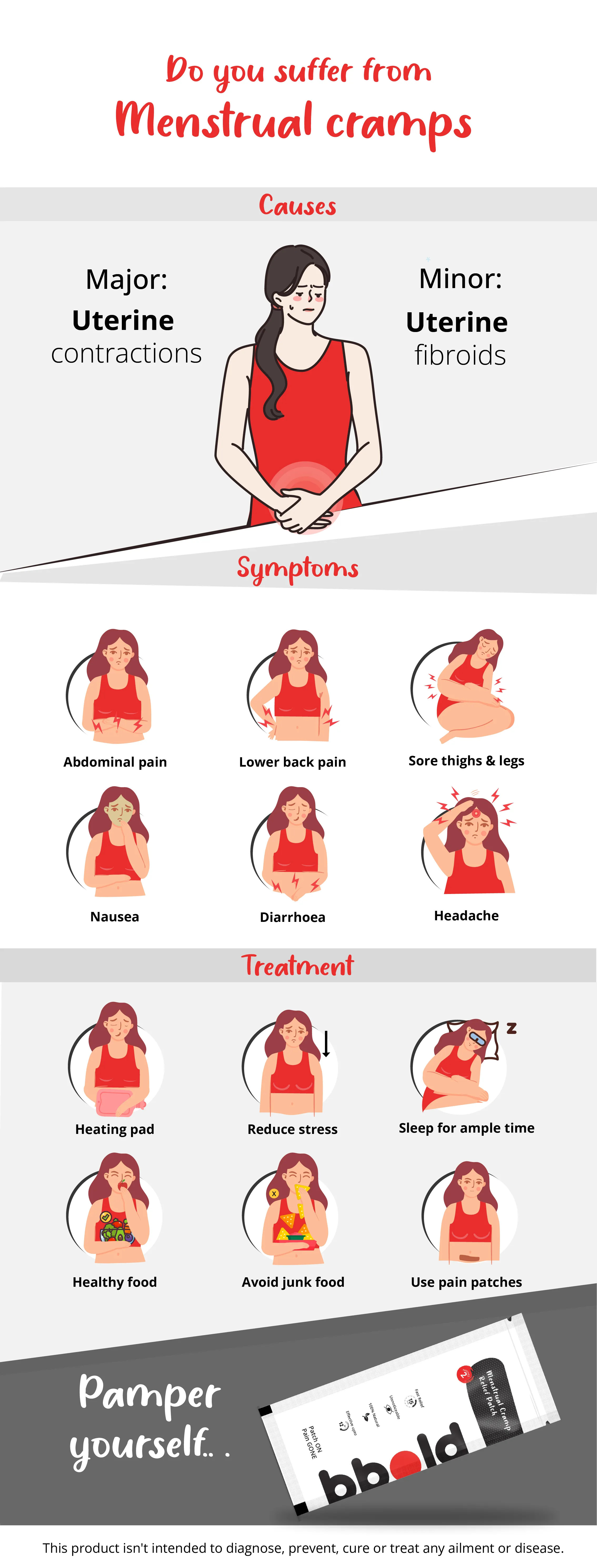07 Mar, 2025
This International Women's Day, it's time to honor the most important person in your life: YOU. As women, we are deeply connected to the divine feminine—a source of nurturing, intuition, and strength. This day is not just about celebrating our achievements, but about embracing the sacred energy that resides within every woman. Self-care is not just a routine; it's an act of honoring your body, mind, and spirit.
The bbold Women's Day Special Edition Self-Care Combo is here to support you on this journey, offering products designed to honor your body, self-care and elevate your wellness every day.
The Importance of Self-Care for Women: Honoring the Sacred Within
As women, we often juggle many roles—caretaker, partner, professional, and friend. These roles come with unique challenges that can lead to stress and burnout. Embracing the divine feminine means nurturing ourselves first, so we can show up fully for the world around us.
Why is Self-Care Essential?
- Act of Self-Love: Prioritizing self-care allows us to connect with our inner wisdom and restore balance.
- Restores Your Energy:By nurturing your body and soul, you replenish the energy you give to others.
- Empowers Your Mind:Caring for yourself strengthens your resilience and mental clarity, making you more aligned with your purpose.
- Fosters Stronger Connections: By honoring yourself, you enhance your relationships with others and create a positive, nurturing environment.
Self-Care Myths Debunked
- It's selfish: Embracing your divine feminine through self-care is a way of honoring your worth and strength, which empowers those around you.
- It's time-consuming:Self-care can be as simple as pausing for a moment to listen to your body and honor your needs.
- It's expensive: You don't need lavish treatments to nurture yourself. Small, mindful practices are enough to cultivate well-being.
The divine feminine encourages us to take time for ourselves, connect with our sacred energy, and honor our bodies. The bbold Worlds Women's Day Special Edition Self-Care Combo helps you do just that by nurturing your body and soul with its carefully selected products.
Elevating Hygiene for Well-being with bbold: A Sacred Connection
Hygiene is more than just physical cleanliness—it's about creating a sacred connection to your body. Practicing mindful hygiene can help you reconnect with your divine feminine, elevating your sense of well-being and confidence.
bbold Intimate Wash for Women: Sacred Freshness
The right intimate hygiene products are essential in honoring your body. The bbold Intimate Wash is designed to be a gentle and nurturing part of your sacred self-care routine.
Benefits: pH-balanced, chemical-free, paraben-free, and infused with Tea Tree Oil and Lactic Acid to protect against infections. It provides daily freshness while honoring your body.
How to Use: Wet the external vaginal area, apply 4-5 drops, gently cleanse front to back, rinse, and pat dry.
Menstrual Hygiene with the bbold Menstrual Cup: Empowering Comfort
The bbold Menstrual Cup is a beautiful example of how hygiene, sustainability, and women's wellness come together. It honors your body and the Earth by offering up to 12 hours of leak-proof protection while being eco-friendly.
Benefits: Made from 100% soft, FDA-approved silicone, with rounded edges for comfort. The flexible rib prevents leakage, allowing you to move with confidence.
How to Use: Wash your hands, fold the cup, insert, remove, rinse, and store.
Special Offer: Take a quiz to find your perfect size and receive a FREE Menstrual Cup with the combo.
Menstrual Pain Relief: The bbold Menstrual Cramp Relief Patch
For those days when menstrual cramps take a toll, the bbold Menstrual Cramp Relief Patch offers menstrual pain relief in a safe, natural way.
Benefits: With ingredients like Boswellia Serrata Extract and Menthol, it provides immediate relief that lasts up to 12 hours.
How to Use: Apply the patch to your abdomen or lower back and enjoy comfort for 12 hours.
The Power of Comfort and Confidence with bbold: Honor Your Divine Self
True comfort comes from within. When you embrace your divine feminine, you make space to nourish your body and mind, allowing for relaxation, peace, and confidence.
bbold Dissolvable Microneedle Acne Patch
The bbold Dissolvable Microneedle Acne Patch honors your skin with revolutionary technology that promotes healing at the root. When you feel confident in your skin, you radiate the divine energy of self-love.
Benefits: Clear, ultra-thin, non-drying, and suitable for all skin types. The microneedles dissolve directly into the pimple, accelerating healing within 6-8 hours.
How to Use: Clean the area, apply the patch, and leave it on for 6-8 hours.
The Divine Connection to Comfort
bbold products go beyond self-care—they nurture your body, mind, and soul.
- Physical Comfort: Find ease during challenging days with the Menstrual Cup and Cramp Relief Patch.
- Emotional Comfort:Restore confidence and embrace your natural beauty with the Acne Patch.
- Mental Comfort:Feel fresh, empowered, and at ease with the Intimate Wash, helping you honor your body with confidence.
Because true comfort is more than just relief—it's a celebration of you.
Celebrate Women's Day with bbold: A Sacred Celebration of You
This World Women's Day, honor your divine feminine by nurturing yourself with the bbold Women's Day Special Edition Self-Care Combo. These products are not just about hygiene they're about honoring your body, soul, and spirit.
What's Inside the Combo?
- bbold Intimate Wash for Women: For sacred freshness and intimacy.
- bbold Menstrual Cup: Eco-friendly, leak-proof protection.
- bbold Menstrual Cramp Relief Patch: For relieving menstrual pain naturally.
- bbold Dissolvable Microneedle Acne Patch: For clear skin confidence.
Celebrate the goddess in you—embrace self-care with our special Women's Day sale.
Practical Tips and Actionable Steps
Start honoring your divine feminine today:
- Prioritize Self-Care: Every act of care is a step toward strength—nurture your mind, body, and soul with bbold products.
- Create Your Own Rituals: Whether it's using bbold intimate care, practicing mindfulness, or taking time to recharge—make space for what uplifts you.
- Embrace Your Power: Stand tall in your journey, celebrate your resilience, and own your worth with confidence.
- Celebrate Your Being: You are strong, capable, and limitless honor yourself with love and self-care.
This Women's Day, invest in you with bbold—because empowered women empower the world.
Conclusion: Empower Your Divine Feminine
This International Women's Day celebrates the sacredness of who you are. Self-care is an act of honoring your divine energy, your resilience, and your beautiful, unique essence. Embrace your worth, your wisdom, and your body.
Ready to honor your divine feminine? Explore our Women's Day Special Edition Self-Care Combo in the Women's Day Sale today.
Follow us on social media for more women's wellness tips and inspiration!
Read
More





